As the CEO of Clearlight Infrared® Saunas, I’m often asked “can infrared sauna help with anxiety?” The answer which I’ll give in this blog post is a resounding "yes", although everyone with anxiety will be affected differently.
In this blog post, I’ll first explore what anxiety is and then explore five different ways currently published science shows anxiety can be impeded. Keep in mind that I'm talking about managing anxiety symptoms here, not treating or curing any health condition.
Understanding Anxiety: The Basics
Contrary to “anger” or “depression”, “anxiety” is much harder to define. What anxiety actually is has been discussed during a long philosophical and scientific tradition (1; 2). Even in modern psychology, anxiety is still hard to exactly define. Here are some examples that illustrate my point:
- Stress and anxiety usually overlap, but not always. Stressed persons aren’t necessarily anxious either, although anxiety could be seen as a form of stress.
- Depression and anxiety frequently overlap, but once again, not always.
- Fear and anxiety are also different from each other - fear is usually more immediate and has a precise reason while that’s not always the case for anxiety.
- Anxiety can be caused by purely biological factors, such as withdrawing from certain drugs, or by purely psychological factors, such as having to give a presentation for 50 people in a month's time.
- Anxiety sometimes pertains to the future but some people are also anxious without anything to worry about the future at all.
Nevertheless, modern science has narrowed down the concept in such a way that it can be worked with in a clinical or scientific setting (3; 4; 5; 6).
In this blog post, I’ll define anxiety here as an over-estimation of a (perceived) threat, either currently present or future-oriented, that is closely linked to fear. From an evolutionary perspective, also, anxiety is probably helpful for ultimate survival and reproduction (7; 8).
Today, as a momentary feeling, many people have anxiety at least some of the time. In fact, there’s nothing wrong with temporary anxiety. However, anxiety can become pathological if it interferes with your daily life too much. It’s also possible for an “anxiety disorder” to develop, such as a “social anxiety disorder” or an “agoraphobia” (anxiety when leaving the house), which are always problematic for the person.
In this blog post, however, I’ll focus on more low-level anxiety that hasn’t fully developed into a full-fledged health condition. In such a case, you’ll have what is called a “fight or flight” stress response (9; 10). The inclination to freeze or faint are similar stress responses that modern science subsumes under the same category.
Some brain areas, such as the emotional centre called the “amygdala” often play a role in this stress response that causes anxiety. Brain signalling substances like “serotonin” - which makes you feel all is well - also play a role. Fortunately, most of these areas can be affected by the anxiety and infrared sauna cure - although a decline in symptoms is more realistic in most cases.
So let's explore what you can do to counter anxious feelings:



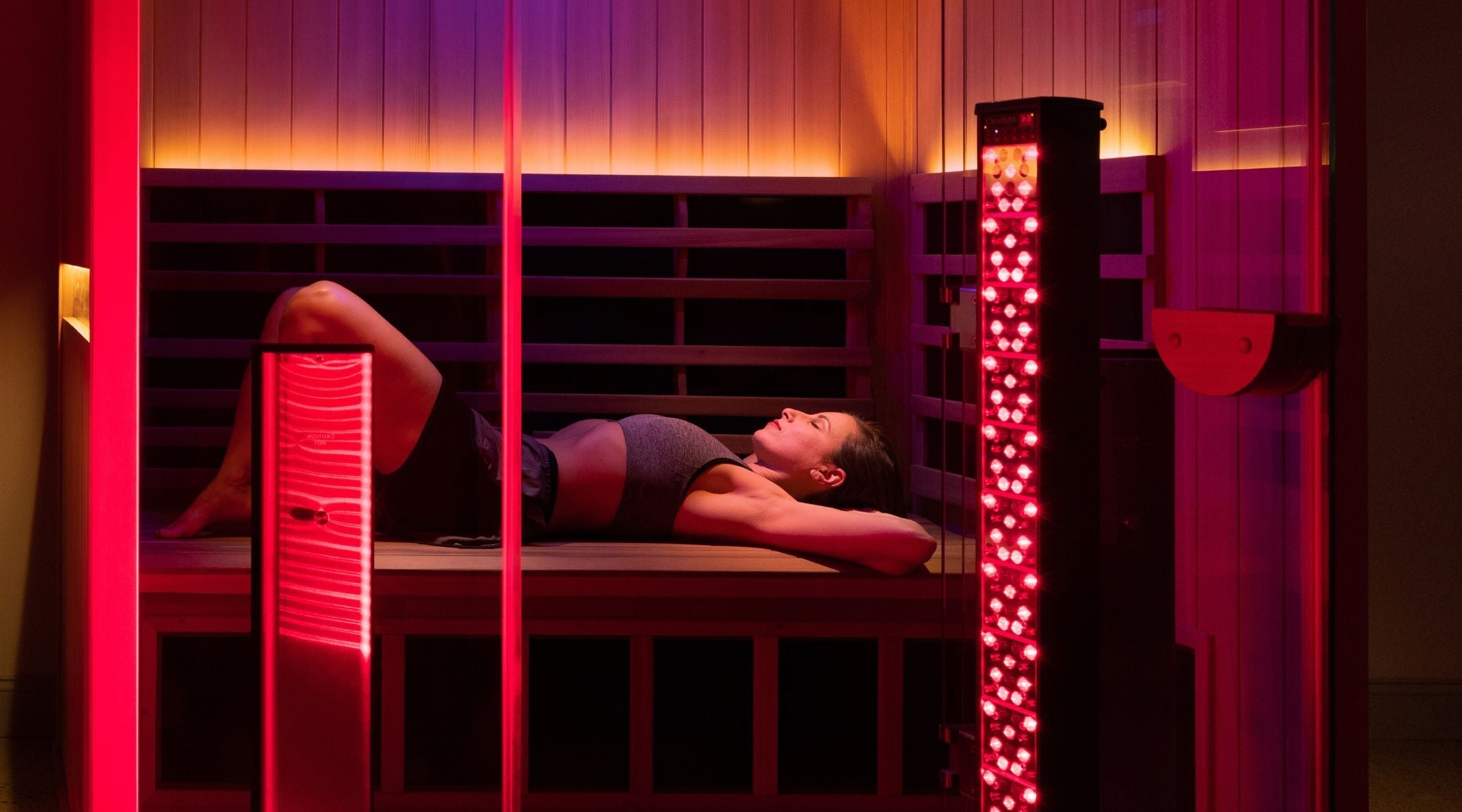
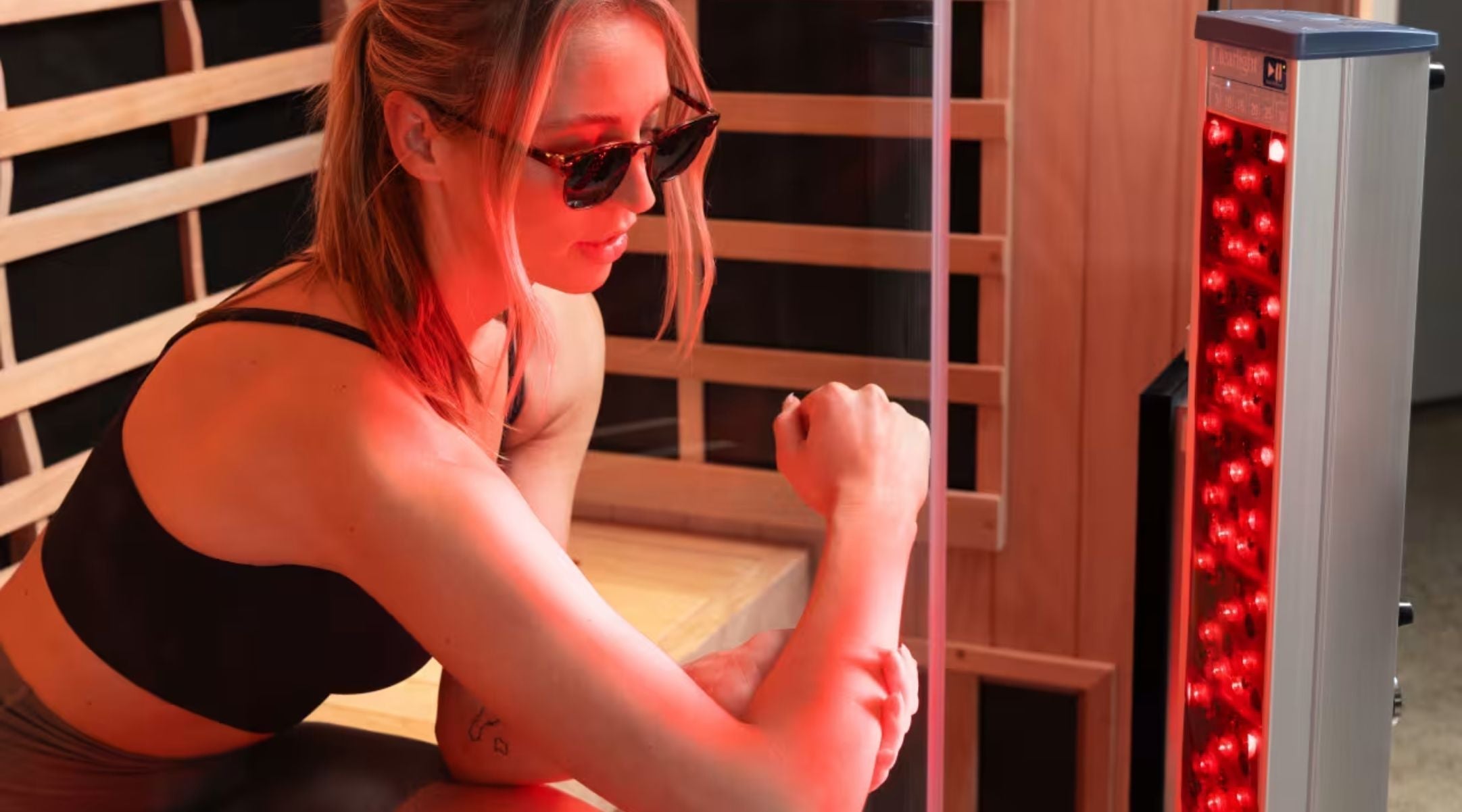

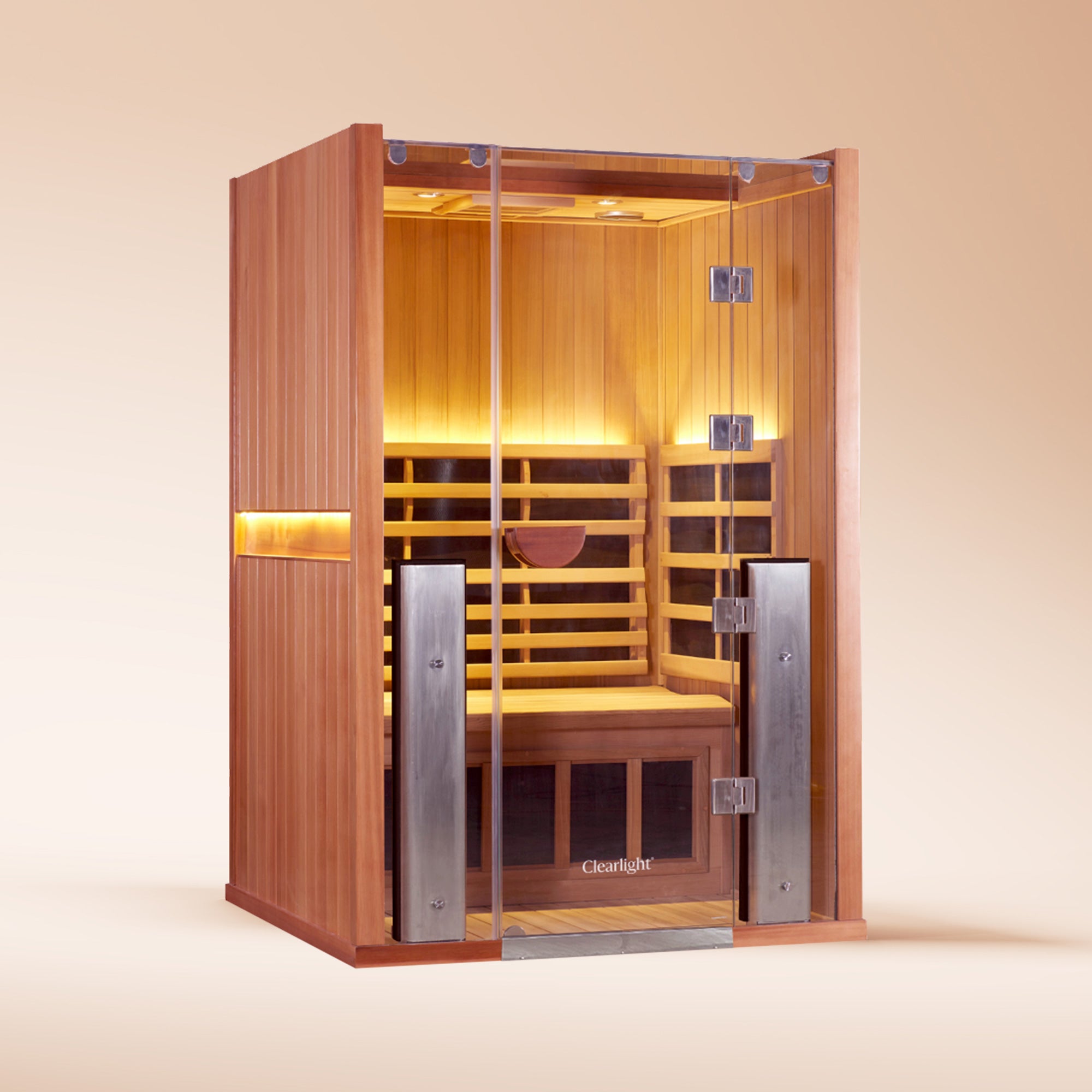

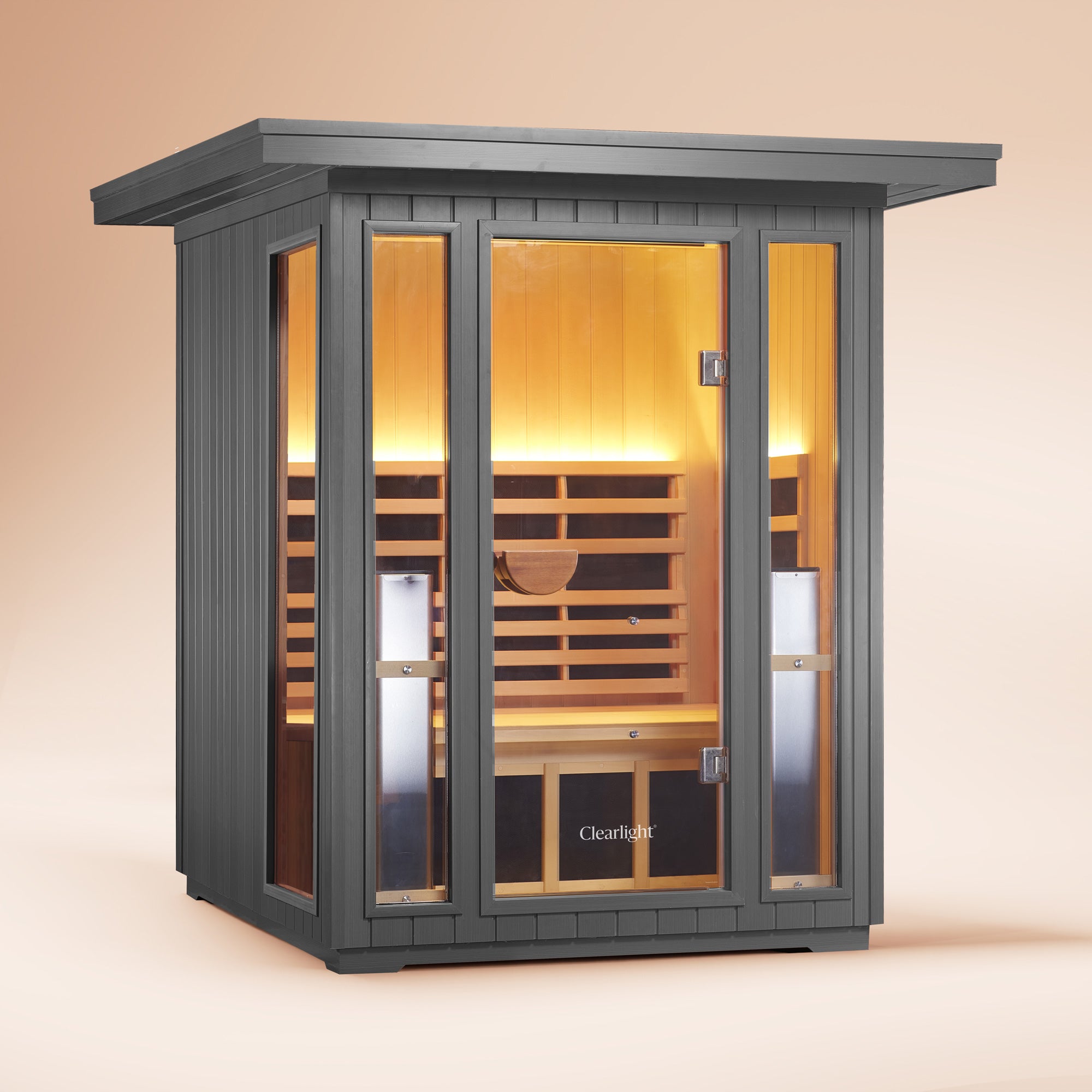

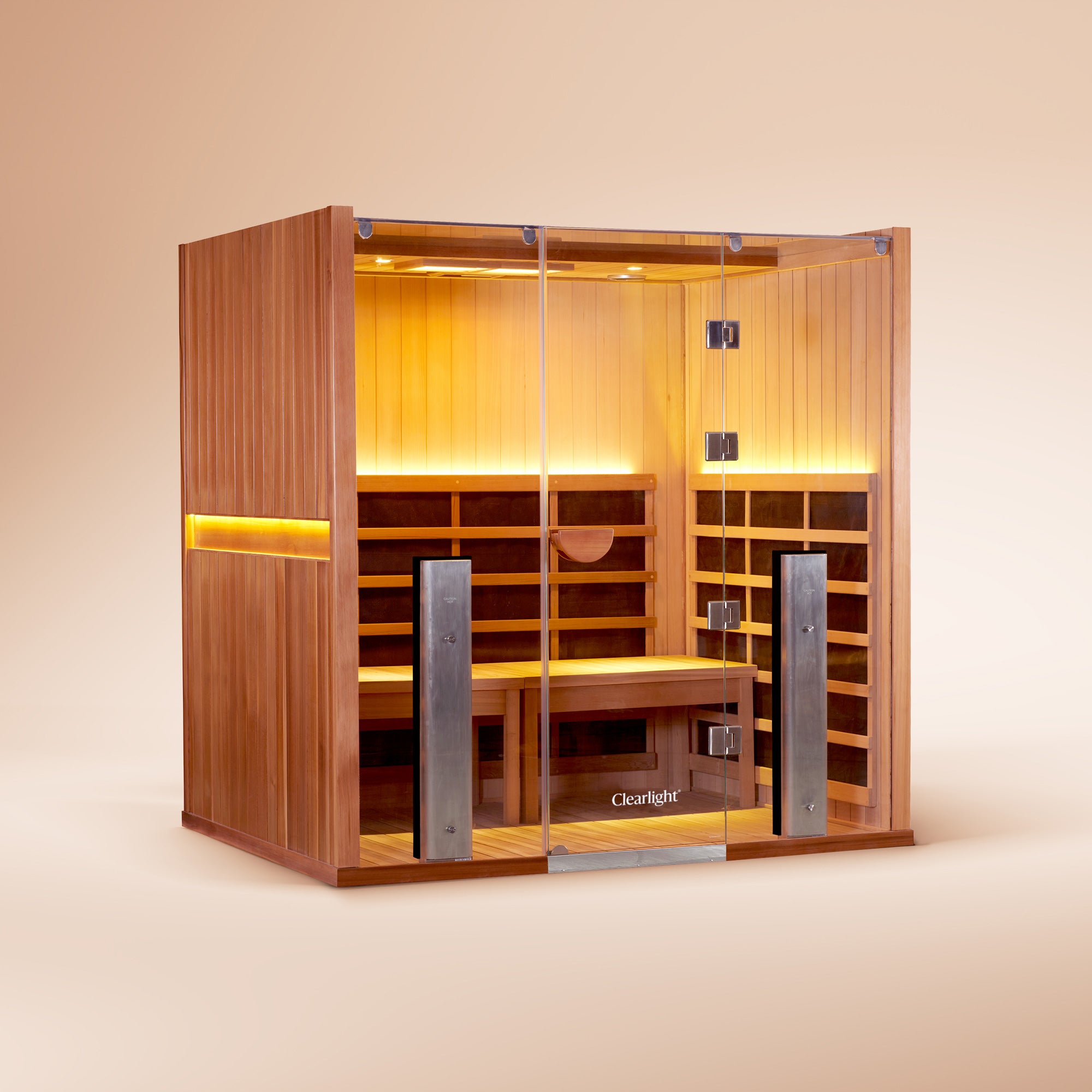
Infrared Sauna Benefits For Lupus: An Unexpected Story
Infrared Sauna and Cancer: Is there a Connection?